Still, With, and Union with God: Where Divine Love and Neuroscience Meet
Aug 21
/
Tracy Busse

In stillness, we find presence. Birds chirp, the air conditioner hums, the clock ticks, and I notice my breath. The rise and fall of my chest, the expansion of my lungs, and the weight of my body sinks into the couch. Even as I notice planes fly by and the distant rumble of traffic headed to the city, I am fully here in this moment. All that comes next is the invitation. “God, will you join me?” My heart expands, and warmth trickles down my face. I smile because God is with me, and God is in me. We are one.
The body is the focal point of our presence in the physical and social world. In union with it, we come into existence, and become the person we shall forever be. To access this, we must slow down from the sprint of our lives and develop awareness. One way to practice this is through stillness. Polyvagal Theory founder Stephen Porges defines stillness as shutting down while keeping our social engagement system online. The social engagement system is where we activate our five senses and how we connect with others and the world around us. The spiritual practice of stillness helps us pause and connect with God.
In Ignatian Spirituality, the Act of the Presence of God is one way we can engage stillness. This is when we pause for a moment, and notice how God looks at us. Ignatius of Loyola proposes we engage this practice with God through attention, reverence, and devotion. Attention allows the “reality of the other to be present to you,” and reverence embraces what attention invites in. Devotion is “a moment when the heart is touched, drawing the person to a greater love or deeper faith or surer trust or to a more courageous willingness to follow Jesus.” ¹ This willingness to follow Jesus is about “with-ness” and Divine friendship.
“God, the creator of all, God who is beyond being, in humility, allows us, created beings, to hold God in being in space and time, even as God is sustaining us in existence and holding us in eternity.” ² When we still our bodies, our awareness of the eternity of the Kingdom of God opens up like the breaking dawn. It is that thin place where heaven and earth collide, and it can happen anywhere you abide. Today this happened on my couch, holding a cup of coffee, while my Jesus leaned into me and filled my soul with his love.
When our bodies are still, and we feel safe, we tell our nervous system that it is safe to connect with others, with God, and with ourselves. There is value in listening to our bodies and loving what holds the image of God within. Through these pauses, we recognize how God is with us, and how God might desire us. It is normal for this practice to be a struggle when we have images of God that were born from traumatic experiences and abuse, but when our bodies learn how to lean into safety and connection, we find a God that loves us and desires to be with us.
Ignatius believed that “…God’s love is always the first consideration, and all else is viewed after and only in the light of this love.” ³ When love regards you, and you feel safe enough to let love in, it pervades your entire being, and you become all love. You are one with God and one with yourself. Stillness opens the door to being with God, and with-ness ignites the desire to experience union with God. Desmond Tutu encourages us to cultivate love for others by embracing love’s presence within. “One way to begin cultivating this ability to love is to see yourself internally as a center of love, as an oasis of peace, as a pool of serenity with ripples going out to all those around you.” ⁴ He goes on to say, “Discovering stillness, hearing God’s voice, is not a luxury of a few contemplatives. It is the basis for real peace and real justice.” ⁵
Stillness, with-ness, and one-ness is the building block that leads us to love others and to desire good things for the people around us. As transformation takes place, the scales fall off our eyes and enlighten our vision to behold how God sees us. We become united with God’s dream for this world. The Divine dream longs to see humanity unified through love. And this desire starts with our ability to allow God’s love to access every part of our being and to rest in God’s presence.
Notes:
¹ Howard Gray, SJ, “Ignatian Spirituality,” in An Ignatian Spirituality Reader, 66.
² Maggie Ross, Writing the Icon of the Heart: In Silence Beholding (Eugene, OR: Cascade Books), 11.
³ Desmond, Tutu, God Has a Dream: A Vision of Hope for Our Time (New York, NY: Doubleday Books, 2005), 88
⁴ Ibid, 79.
⁵ Ibid, 109.

Tracy Busse
Tracy Busse’s life and work have fueled an ongoing desire to move in harmony with the Trinity and to create spaces where all can encounter intimacy with God. Tracy is a writer, teacher, counselor, and spiritual director. For over eighteen years, she has provided therapy to children and adult survivors of trauma and human trafficking. She also provides consultation and training to a variety of organizations who serve leaders and marginalized populations. Continued growth in Kingdom life and integrating God’s love and presence into her work are the heart of her practice. In addition, Tracy is currently working on a doctorate in Spiritual Direction at Fuller Theological Seminary, which offered the opportunity to enjoy a 30-day Ignatian Retreat.
The fruit of this experience continues to grow and reveal greater depths of God’s love and abundant grace. With the belief that God is in all things, Tracy finds delight on her paddle board, hiking, playing the guitar, painting, traveling, and resting in the company of fellow image bearers.
The fruit of this experience continues to grow and reveal greater depths of God’s love and abundant grace. With the belief that God is in all things, Tracy finds delight on her paddle board, hiking, playing the guitar, painting, traveling, and resting in the company of fellow image bearers.

